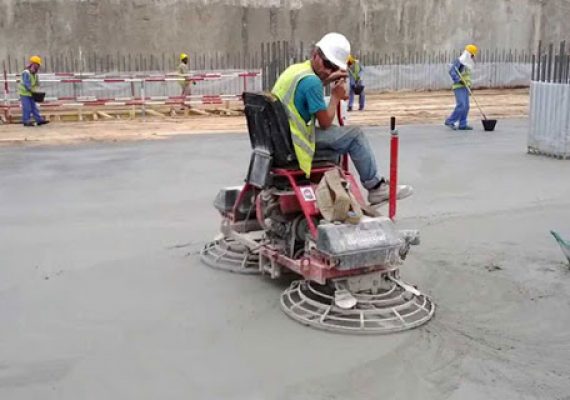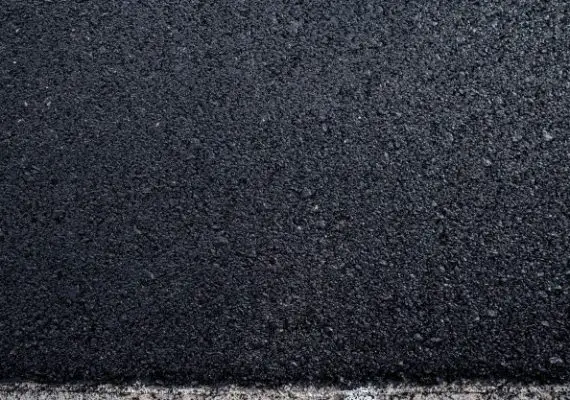What Does Footing Drain Mean In Construction?
What Does Footing Drain Mean In Construction?
In construction, a footing drain is an exterior foundation drainage system that is typically installed during the construction of both commercial and residential buildings.
The primary purpose of a footing drain is to divert water away from the foundation walls and prevent water seepage into the basement, which could cause significant damage.
The footing drain consists of a 4-inch or 6-inch PVC pipe that is slotted on the top to allow water to enter the system. The pipe is encased in a stone bedding that allows water to move into the drainage system. The encasement is then covered with a filter fabric to prevent the infiltration of silt and other debris into the system.
The footing drain is typically installed with a pitch that ensures water flows away from the foundation wall. The water is diverted to a catch basin, which is then pumped to a storm drain.
In some cases, the footing drain can be connected to an interior under-slab system to provide a complete drainage system for the entire project.
During renovations or when addressing interior water problems, an interior perimeter drain may be installed. Unlike the footing drain, the interior drain is typically pitched to an interior sump with a sump pump installed.
The main difference between the two is that the footing drain is installed during construction, while the interior drain is installed when addressing water problems or during an overall renovation of the basement area.
In summary, the footing drain is an essential component of a building’s foundation drainage system that helps prevent water damage to the basement. Proper engineering of the footing drain can ensure that the system effectively diverts water away from the foundation walls, reducing the potential for water seepage and related issues.
What To Consider When Building A Footing Drain
When building a footing drain for your residential foundation, there are several important factors to consider to ensure its effectiveness. One of the most critical factors to consider is the local rainfall and soil conditions.
The type of footing drain pipe material and appropriate pipe size that will work best for your foundation drain may vary depending on your specific location.
It is also crucial to check for slab leaks while installing the drain tile around your house. Installing a drain system for your foundation requires careful attention to detail and adherence to building code requirements.
The International Residential Code (IRC) section 1, for instance, mandates that drains surrounding concrete and masonry foundations remain below grade. However, it does make exceptions for soils with sand and gravel mixtures or those that are very well-drained.
Heavy rains and flooding can overload a foundation drain system, so it is essential to consider drainage boards to mitigate the risk. Drainage boards can help quickly drain water and prevent hydrostatic pressure next to the foundation wall during heavy rains.
The type of drain material you use is also important. Most contractors prefer to use rigid drain tile for basement footer drains, while perforated pipe is also popular. However, flexible corrugated plastic pipe is a more expensive option that may get crushed during the backfilling process.
Soil moisture is another critical factor to consider. Moist soils do not drain as well as dry soils, so flood-prone areas where water collects on the surface may require other drainage solutions.
Proximity to trees is also an important consideration when building a footing drain. The US Department of Housing and Urban Development requires trees to be planted no closer to the foundation than their eventual height. Tree roots can fill perimeter drains, suck water from the soil, and damage the foundation drain system.
Finally, placement is also critical. The best spot to place a drain pipe is near the base of the building’s footing. While tile doesn’t necessarily have to slope, contractors should avoid low spots that can easily fill with silt. By considering all these factors, you can build an effective footing drain system that will protect your foundation and home from water damage.
Foundation Drain Advantages
There are many advantages to having a foundation drain installed. These include reducing the risk of settlement by preventing water accumulation near the foundation, discouraging the breeding of pests like mosquitoes, reducing soil erosion, and helping to remove toxic organisms from stagnant water.
Foundation Drain Drawbacks
Foundation drains can be costly to install and require skilled labor. Additionally, the use of perforated pipes can lead to clogging due to the accumulation of silt.
Other drawbacks include installing a drain too close to the foundation, not taking into account buried utility lines, and not ensuring that drainage pipes slope downhill.
Poorly installed drains can lead to settlement of soil around the foundation, cracks in walls or foundations, bowing walls, uneven and sagging floors, and doors and windows not opening properly. Accumulation of fine soil particles or root penetration inside the drain is also a common cause of faulty drainage systems in older house.



